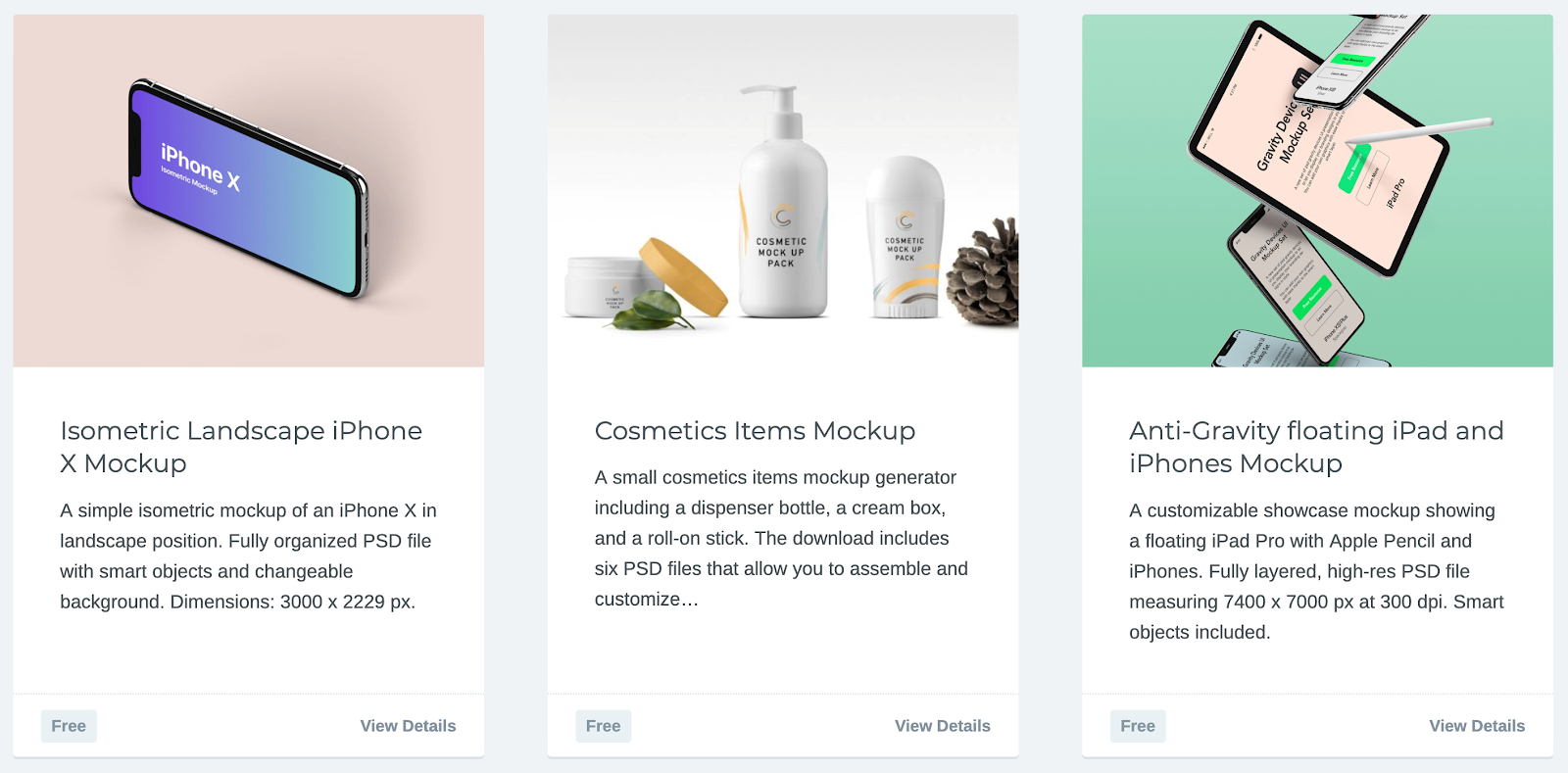
You know you need to be online, and you’ve probably tried your own hand at social media marketing. If you’ve had any success, you’re now considering whether to hire a web developer or pocket the money and design your small business website yourself. Well, if you’re leaning toward the latter, this is what you need to know.
It Matters Which Platform You Choose
You’ve heard the names: WordPress, Wix, Squarespace, Weebly, Shopify, etc. Each of these content management platforms (CRM) come equipped with their own set of pros and cons. To make the best choice, you need to inform yourself.
First, if you plan to sell products online, you’ll need an eCommerce platform like Magento or Shopify. Shopify is more user-friendly and Magento provides a more customizable experience. Furthermore, if you need online and offline inventory management capabilities, you will need to do your research about the plugins and add-ons available.
Next, if you plan to host a blog, most experts (myself included) will recommend you launch it on WordPress because your capabilities are far-enhanced with their CMS. But, WordPress comes with a pretty intense learning curve, so be prepared to study. Once you get the hang of it, you will be very glad you started here. Most companies who start out on another blogging platform tend to veer onto the WP route eventually anyway.
But, what if you want products and a blog? The best way to do this is to use an eCommerce platform to host your products on your main website and create a subdomain that points to your WordPress blog. The greatest challenge will be to match the design and branding for the two sites so they appear as one.
Where Should You Host Your New Small Business Website?
One of the first pain points of building your own website is that you will realize that your CMS might not include hosting. WordPress recommends you use BlueHost with their platform while Shopify includes hosting charges in their monthly subscriptions. But, how do you know you’re making the right hosting choice?
You need to pay attention to speed. If you host with a company that can’t provide the bandwidth to handle the amount of traffic you will bring in or the data you need the site to load (Images, Plugins, CSS, etc.) you’ll end up with pages that load slowly and website visitors who click away without reading your message. This is the last thing you want, so do your research and choose a trusted hosting provider.
Do You Need to Design Everything Yourself?
Some expert web developers use Adobe Creative Suite (Photoshop, etc.) to create fully-customized websites and later convert the elements to HTML. The beauty of designing a website in the technology era is that you don’t need to reinvent the wheel. In fact, for most design elements, you can incorporate ready-made graphics with ease.
Where to Find Ready-Made Graphics for Your New SMB Site:
- Icons – Check out Vexels icon graphics for high-quality, low-cost icons.

- Stock Images – Head over to Unsplash to see beautiful stock photographs you can use for free without attribution.

- Vectors – See Freepik’s popular vectors for illustrations that might come in handy.

- Mock-ups – Discover what MockUp World has to offer in the way of product image simulations.

Learn Everything You Can About Landing Page Design
Web development is an art, which is why the pros charge the big bucks. Can you do what they do? Yes! But, don’t go into this thinking you already know everything. Landing page best practices are crucial for your success.
And, it doesn’t stop there. Once you think you’re finished, you’ll no doubt need to go back in and update your copy to optimize conversions. So, research headline writing, call to actions, and business copywriting to maximize your impact.
Final Thoughts
Are you a small business owner thinking of designing your own website? You couldn’t possibly choose a better time to do it. Use the advice above to start your journey on the right foot.
2010 Views












